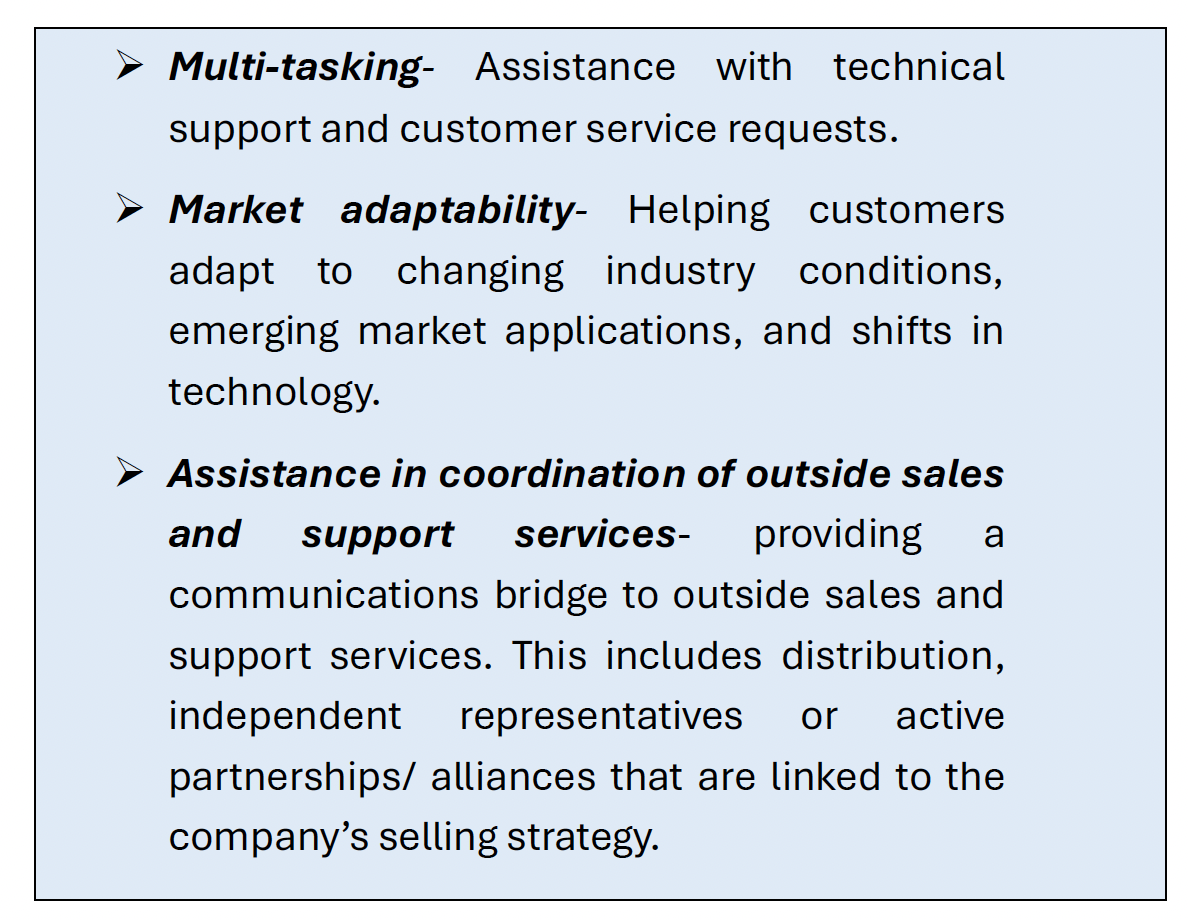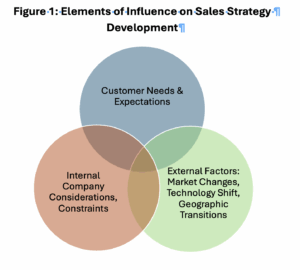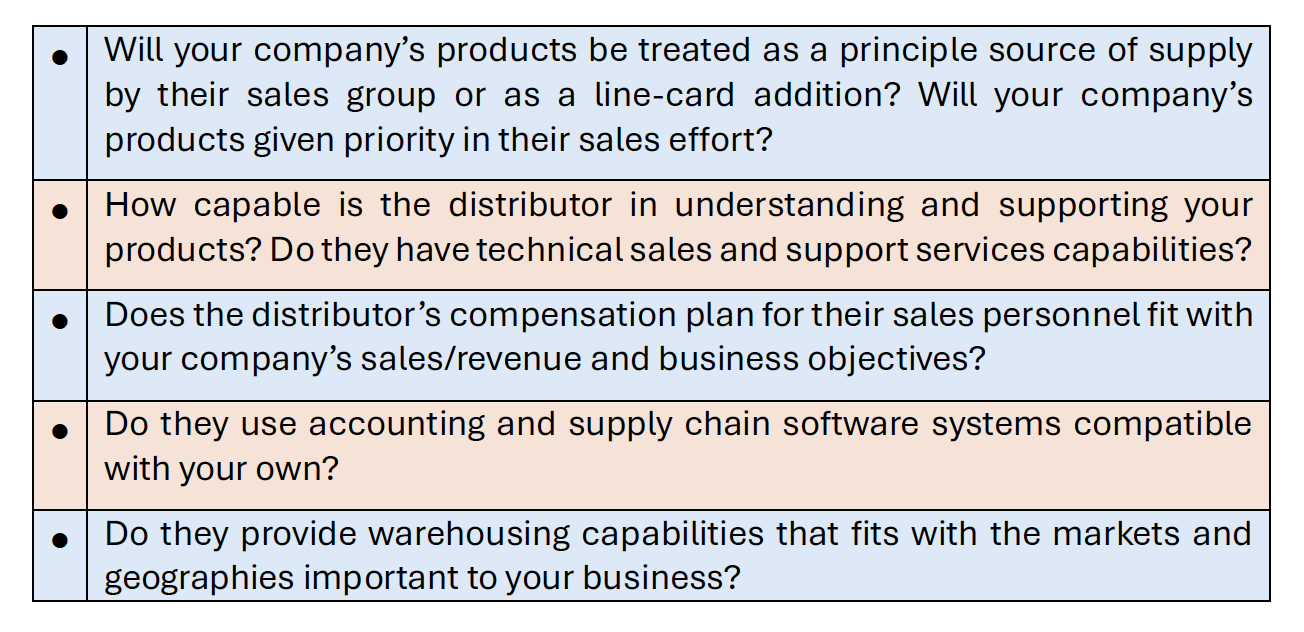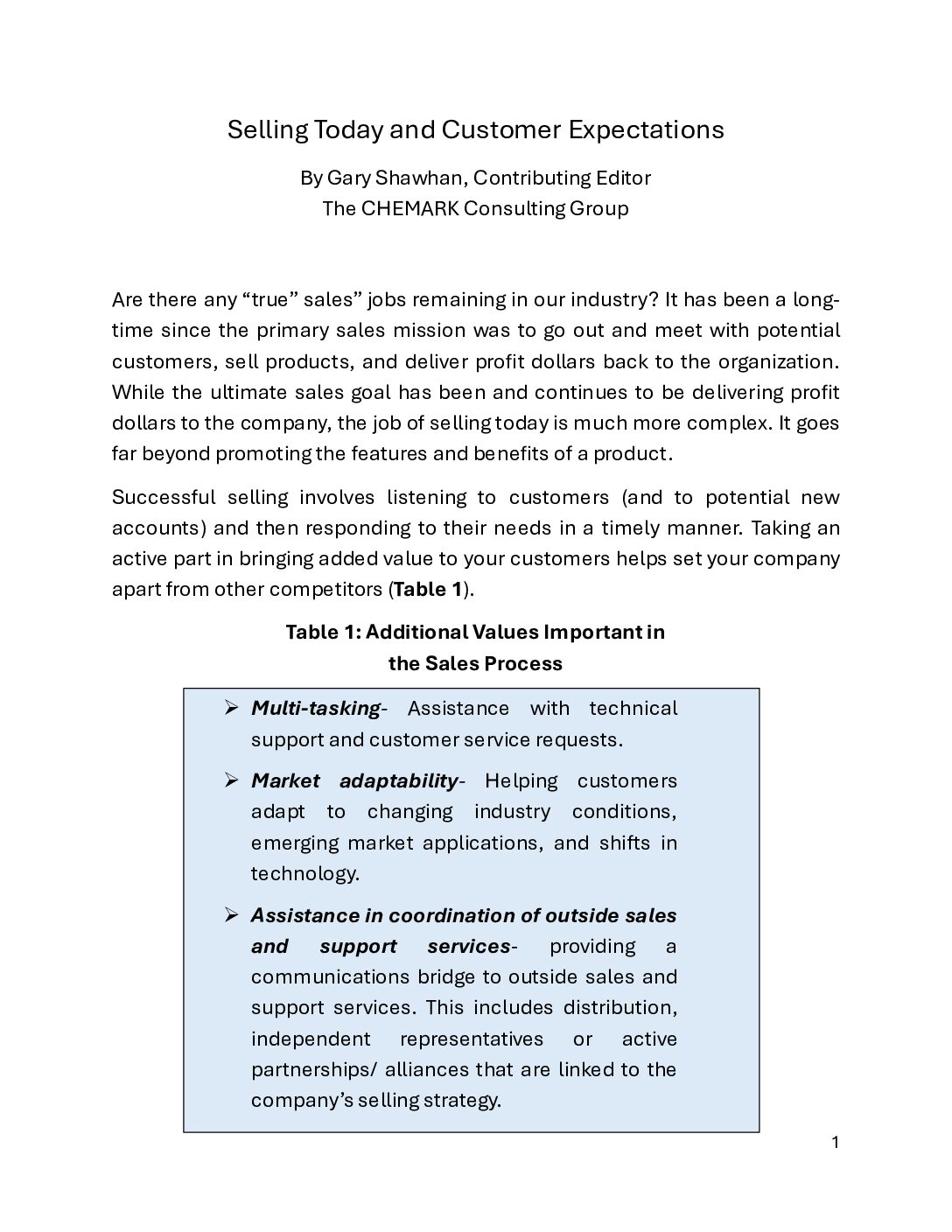by Gary Shawhan, Contributing Editor, The CHEMARK Consulting Group
Are there any “true” sales” jobs remaining in our industry? It has been a long-time since the primary sales mission was to go out and meet with potential customers, sell products, and deliver profit dollars back to the organization. While the ultimate sales goal has been and continues to be delivering profit dollars to the company, the job of selling today is much more complex. It goes far beyond promoting the features and benefits of a product.
Are there any “true” sales” jobs remaining in our industry? It has been a long-time since the primary sales mission was to go out and meet with potential customers, sell products, and deliver profit dollars back to the organization. While the ultimate sales goal has been and continues to be delivering profit dollars to the company, the job of selling today is much more complex. It goes far beyond promoting the features and benefits of a product.
Successful selling involves listening to customers (and to potential new accounts) and then responding to their needs in a timely manner. Taking an active part in bringing added value to your customers helps set your company apart from other competitors (Table 1).
Table 1: Additional Values Important in the Sales Process

There are three inter-related areas that influence the way in which companies structure their sales strategies. These include:

Customer Needs & Expectations
Customers today expect significantly more from their sales representatives than product representation. Of all the things that result in a successful sale, helping to address the needs and expectations of customers is #1.
Customers place a high value on suppliers that can provide easy, direct access to “actual people” that can answer their questions or help address problems. Direct involvement from their suppliers in assisting customers with maintenance programs or improving manufacturing efficiencies builds strength in the business relationship. Recorded messages or call-backs, when you need help, are unwelcome and remembered.

External Market Factors: Market Changes, Technology Shift, Geographic Transitions
A successful sales plan today requires the company to be flexible with the ability to adapt to changing market conditions. The structure of a company’s sales effort is guided by the markets which represent it’s major sources of revenue.
As the market reach of the business extends nationally or internationally so does the difficulty of establishing a suitable sale plan. Regional differences in language, product preferences, and geographic concentrations of key accounts are among these challenges.
Industry transitions involving next-generation technology (e.g., electric vehicles) require the company to adapt their sales strategy to take advantage of the opportunity.
Industry consolidations through acquisition or mergers often create a disruptive force in the market. It alters the competitive landscape and can require changes to the role of the existing sales force and support services.
As the complexity of the business and the variety of markets it serves increases, the importance of having a strong distribution network becomes an essential complement to direct sales representation.

